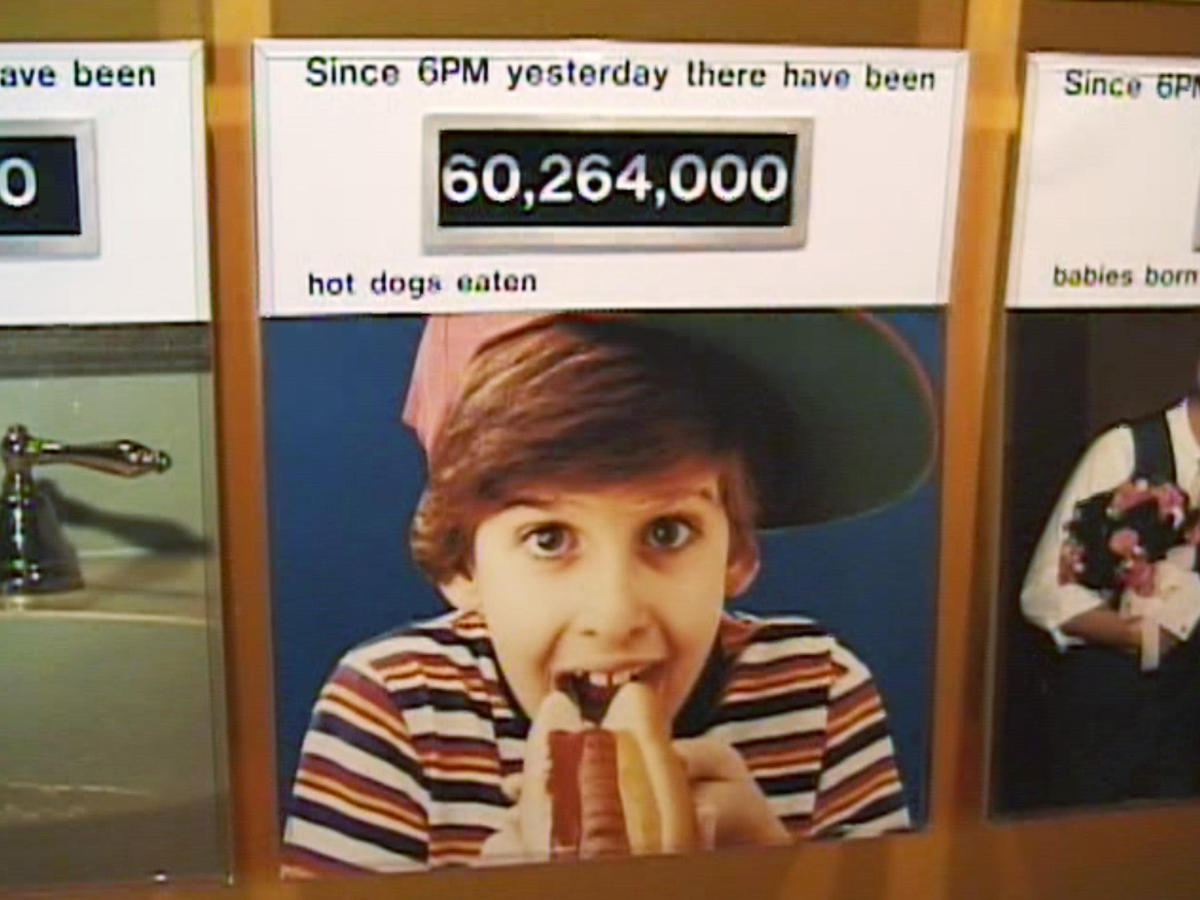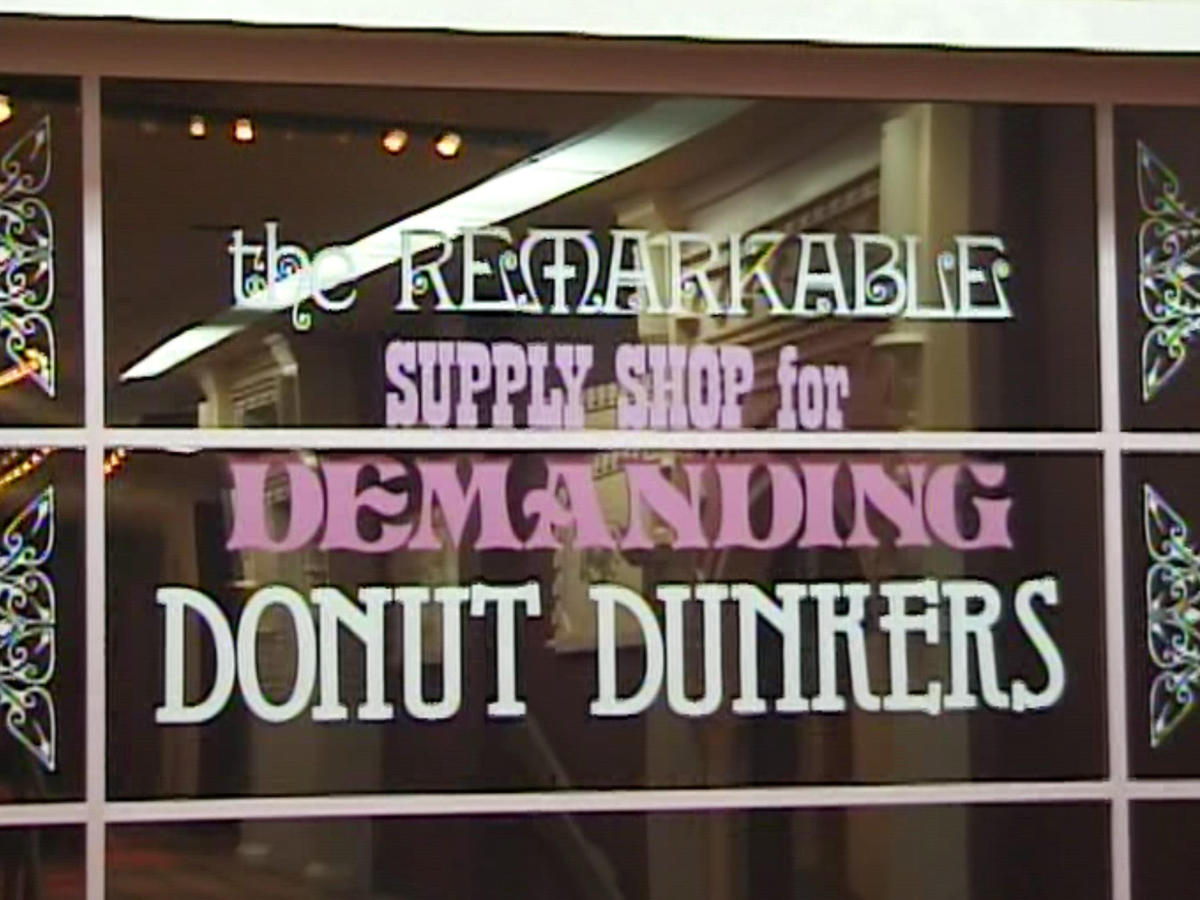
The promotional literature for Enterprise Square USA, a now-defunct part of Oklahoma Christian University in Edmond, announced “an Epcot-style attraction that uses imaginative settings and dazzling special effects,” a place where “thousands of individuals experience a small taste of the vision for free enterprise.” This description, promising a taste of a vision, implied synesthesia and conjured an image of hallucinogen-fueled tributes to Milton Friedman. While Enterprise Square failed to deliver that sort of cockeyed sublimity it nonetheless deserves its own special place in the pantheon of Bible Belt kitsch oddities.
A propaganda tool in the waning years of the Cold War, Enterprise Square had as its pedagogical goal the countering of “socialistic” ideas about economics circulating among America’s youth and their teachers. The attraction was the brainchild of Robert Rowland, director of the American Citizenship Center, a group of Christians who conveniently forgot Jesus’s Sermon on the Mount and raised selfish ambition to the level of a theological principle — in other words, people who came to power with a vengeance with Reagan’s election to the presidency.
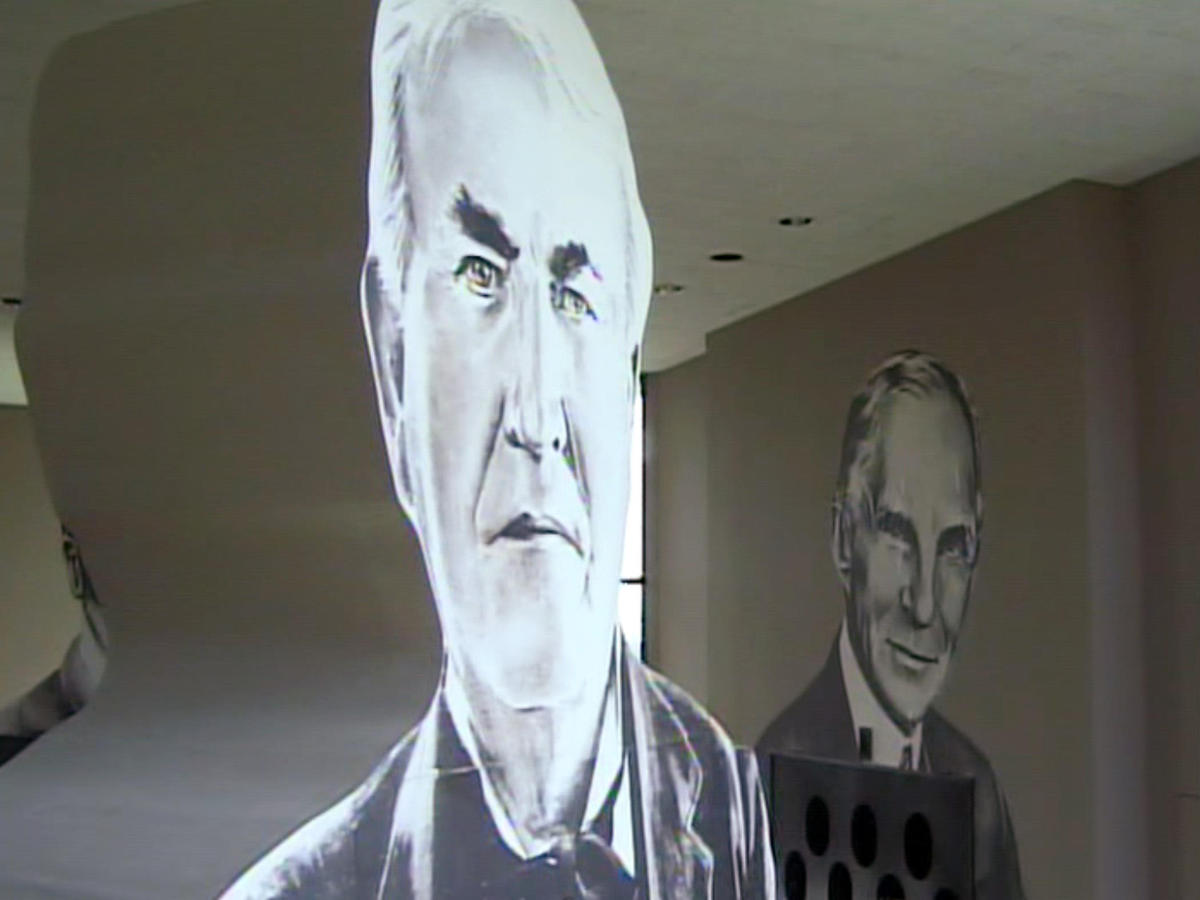
Despite the triumphalist euphoria surrounding its opening in 1982, Enterprise Square became dated almost instantly, as though its designers had never realized that the capitalist spectacle out in the world was already so powerful, adaptable, and polymorphous that it could not be easily tarted up for kids or adequately simulated in a building on a college campus. Entirely contrary to the agendas of its directors, the strength of Enterprise Square lay in its contradictions and failures, in the manner of the vernacular surrealism already plentiful in the Oklahoma City area. As a unique tourist attraction it succeeded brilliantly, but how it ever functioned as pedagogy remains a mystery.
Visitors to Enterprise Square passed through various themed galleries, starting with America’s Heartbeat Rotunda, a multimedia bombardment reminding spectators that all parts of our lives have an economic aspect. A montage of disembodied voices, accompanied by dozens of flashing backlit transparencies, produced a portrait of that idealized economic unit, a “typical” nuclear family. At one point, a picture of a bride and groom appeared while a female voice cooed, “a perfect couple, and he just landed a great job.” In case the theme of marriage as a financial transaction akin to genteel prostitution escaped anyone, another female voice later shouted, “Spend! Spend! Spend!”
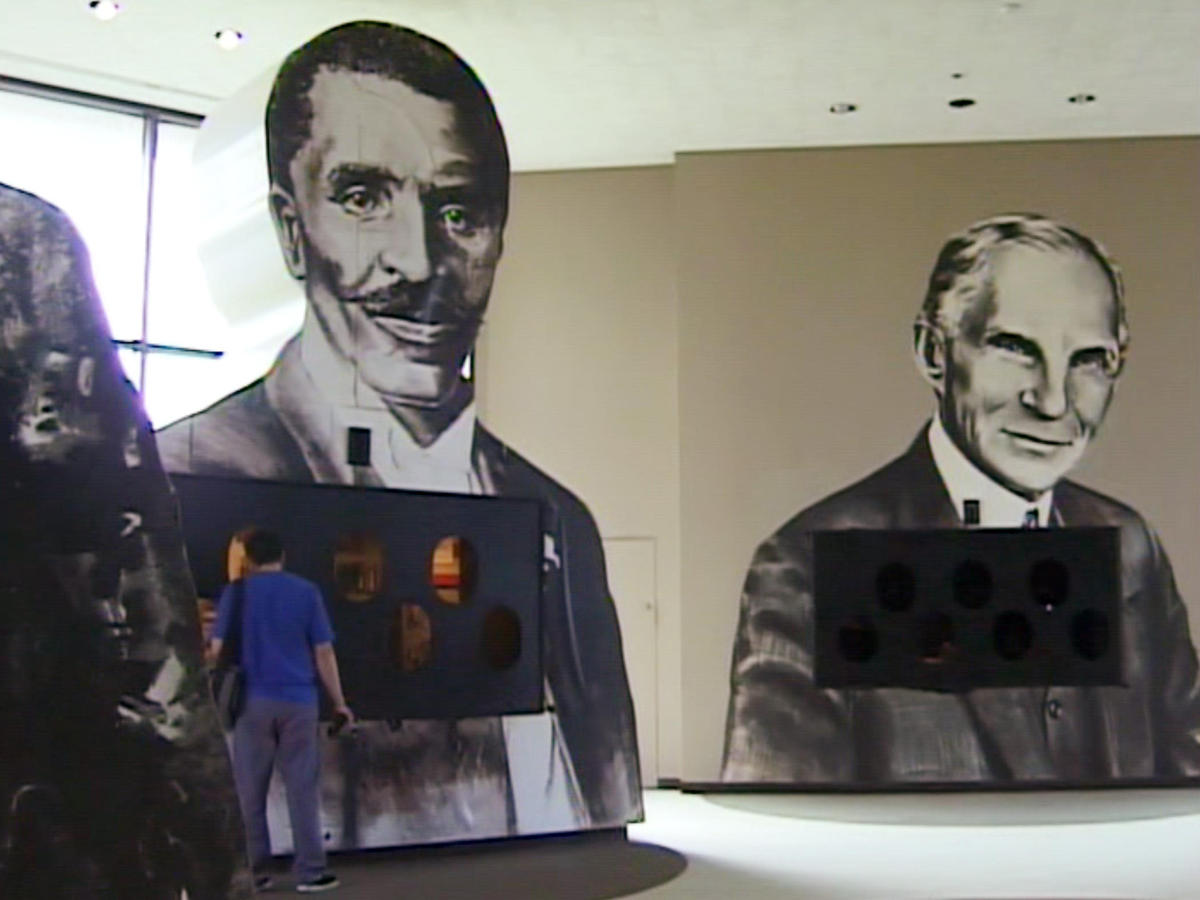
The Hall of Statistics that followed was intended to impress upon visitors the sheer magnitude of the capitalist system. Several signs featured running totals of objects produced and consumed, for example, estimates of 200,016,000 eggs and 33,984,000 bricks laid in the previous twenty-four hours. Above a stock photograph of a boy in a baseball cap about to bite into a weenie, a provocative sign read, “Since 6pm yesterday, there have been 60,264,000 hot dogs eaten.” This tally must have included the entire United States, but still, such consumption staggers the imagination.
The following gallery, with the cumbersome title Free To Be What You Want Under Our System, presented comedic films about professions into which a visitor could insert himself via closed-circuit television cameras. A doctor whose patient wakes up from anesthesia on the operating table and a policeman giving a granny a speeding ticket were but two characters representing possible careers available for rehearsal.
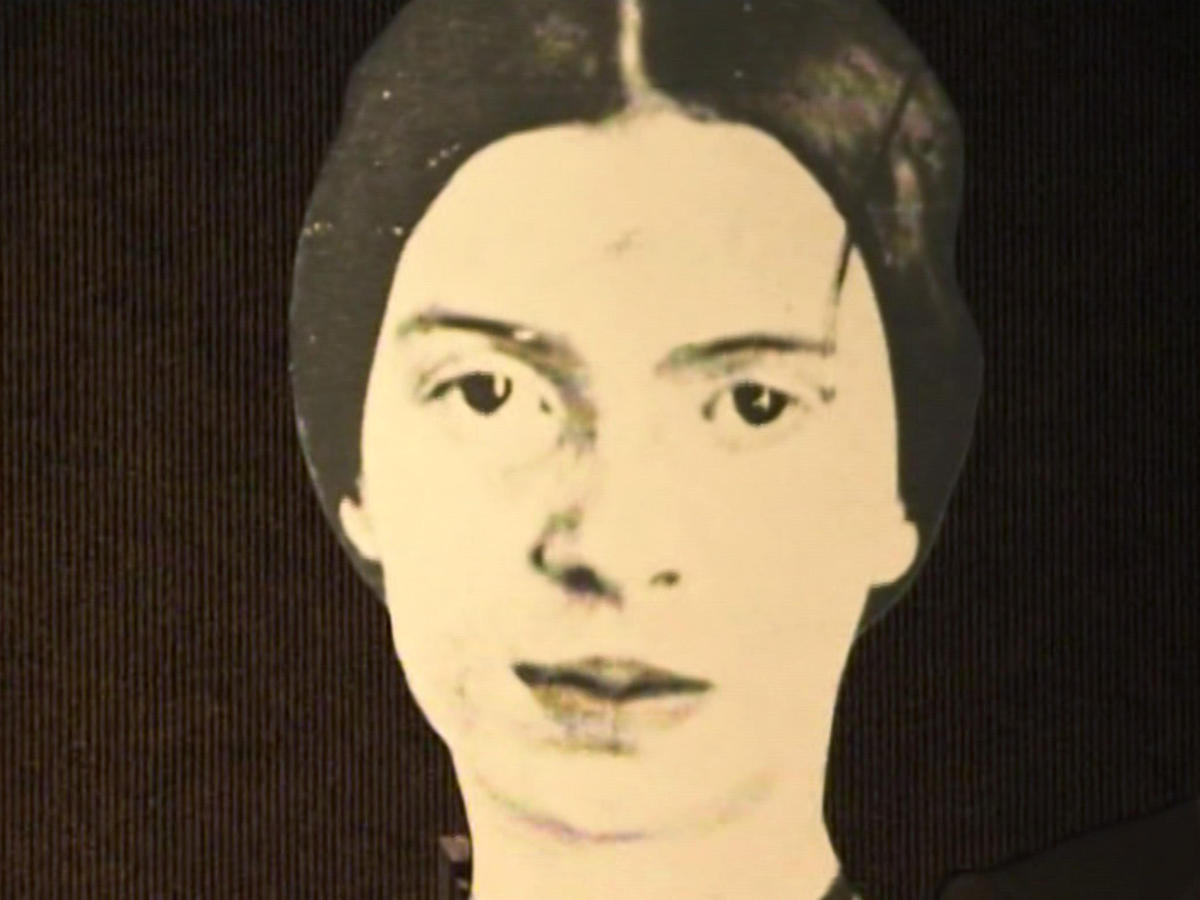
The Hall of Giants, presenting worshipful versions of monopoly capitalists’ lives, was (appropriately enough) the largest gallery at Enterprise Square and a focal point of the exhibitions. A group of enormous busts with interior spaces large enough to walk through paid tribute to figures such as Henry Ford, Thomas Edison, and Alexander Graham Bell. Presumably aware that such an exclusive group might appear sexist or racist, the planners of Enterprise Square also included Booker T. Washington and Helena Rubinstein as Giants. In the corridor leading up to this capitalist Valhalla, an effort at inclusiveness led to some especially bizarre choices. That space featured the “also-rans” of a capitalist selection process, including John D. Rockefeller, who truly belonged with the Giants, but whose story and visage must have been judged to evince little redeeming human value. Other lesser Giants included AFL president Samuel Gompers (an okay guy even if he didn’t play for the right team) and, most inexplicably, Emily Dickinson. Perhaps Enterprise Square meant to suggest that the reclusive American poet would have been a great capitalist, had she only left her house more often.
Beyond the Hall of Giants lay the Remarkable Supply Shop for Demanding Donut Dunkers, an interactive display staffed by a student worker. In a set like that of a game show, visitors voted for how much they would be willing to pay for doughnuts, which appeared to be circular hunks of plaster painted pastel colors such as periwinkle blue. A remarkably crude robot figure (more of a puppet, actually) presided over this speculation in doughnuts.
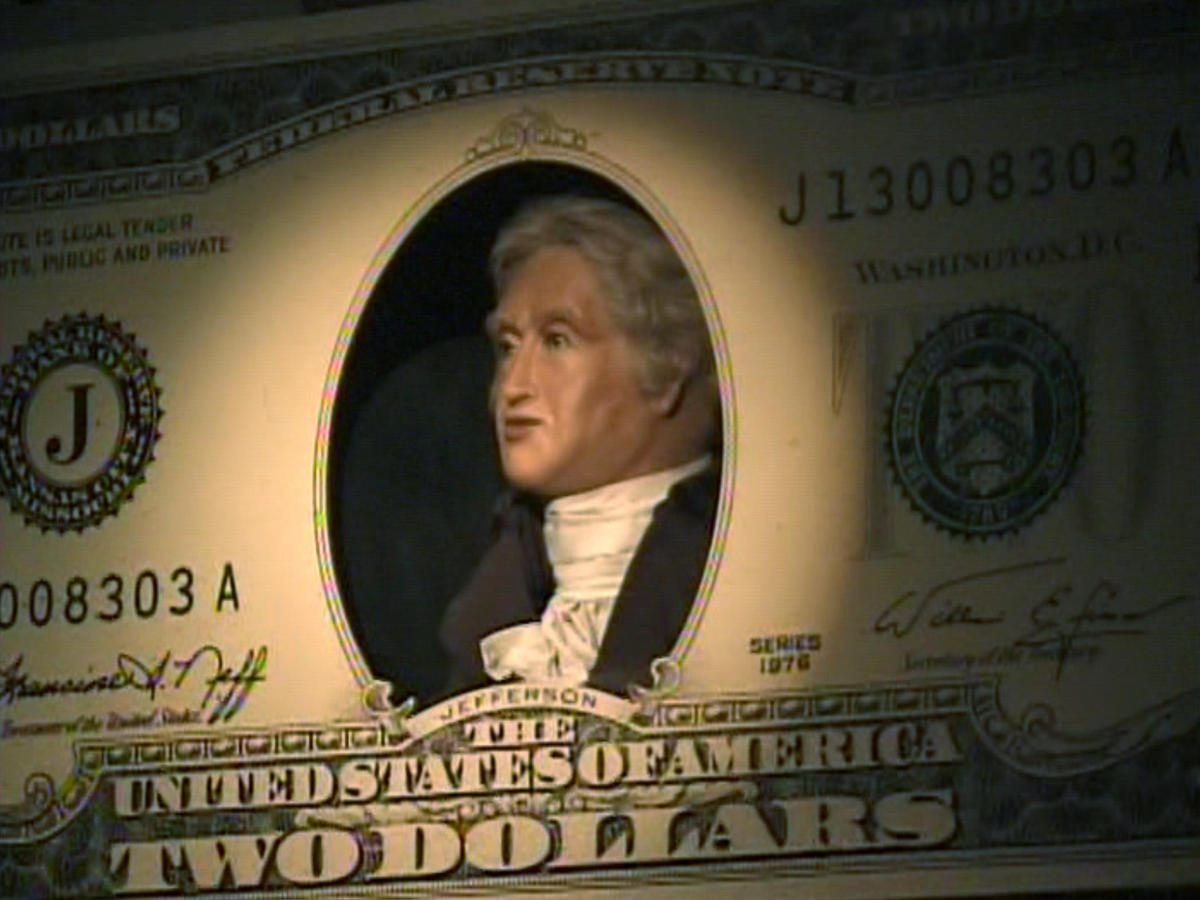
After passing through a pop-art–themed gallery with large Campbell’s Soup cans and pseudo-George Segal sculptures, visitors reached the Great American Marketplace, one of Enterprise Square’s most celebrated exhibits. Large one, two, ten, and one-hundred-dollar bills with animatronic portraits in the middle formed a barbershop quartet singing the praises of the capitalist system, occasionally to the tune of “America the Beautiful.” In this musical interlude, “freedom,” a word much in evidence in the previous galleries, was drilled into spectators’ minds with merciless repetition, leaving no doubt as to the importance of the term in the vocabulary of free market dogma.
To clarify what kind of freedom was at stake, the next gallery featured a multichannel video montage synched up to a tirade against government regulation. The video monitors were arranged in the shape of a face curiously inhuman in its features. With what looked like a bowler hat and an animal’s ears, the display brought to mind a cartoon bear as imagined by René Magritte. The Magritte bear’s presentation was surreal in more ways than one for anyone with a grasp of economic history. His nostalgia for a time before the government interfered with big business did not acknowledge the most famous moment of unregulated American capitalism: the run-up to the stock market crash of 1929 and the Great Depression that followed. By the time of Enterprise Square’s debut, the notion of a free enterprise system as synonymous with laissez-faire capitalism was no less an imaginative work — a leap of faith, even — than seeing the face of Jesus in a grilled cheese sandwich.
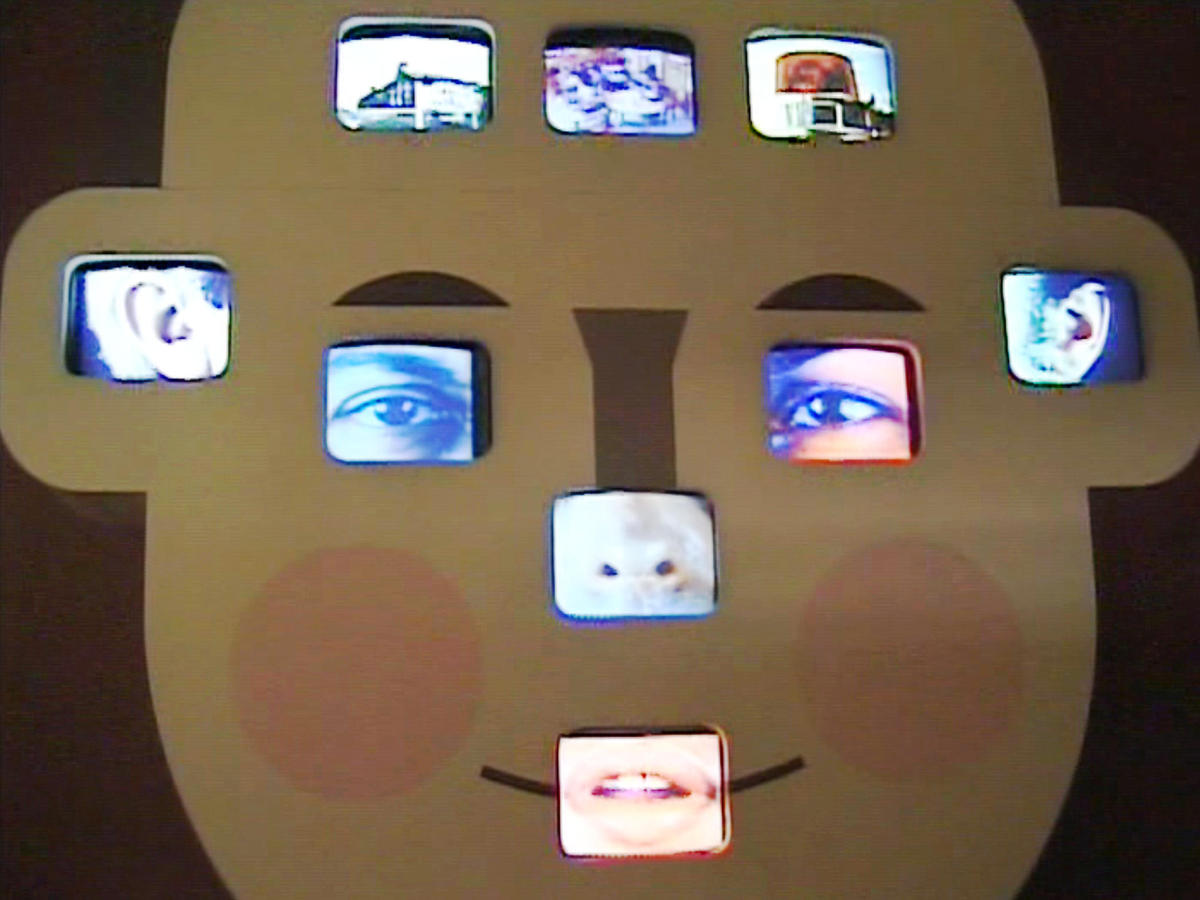
Collective neoconservative hallucinations, while they animated American politics, were conspicuously lacking in drama at Enterprise Square USA, not least because its multimedia displays often malfunctioned, and, as in the department stores of the socialist East, its gift shop contained virtually nothing to buy. At a doorway to one of several galleries in a state of desuetude, a sign read, “Pardon our mess. Enterprise Square is moving into the 21st Century.” Alas, it didn’t move very far. The entire facility was closed for renovation in 2000, and two years later the administration of Oklahoma Christian University decided to close the attraction indefinitely.
Constructed at a cost of $15 million, the Enterprise Square building is the largest and most expensive on the Oklahoma Christian University campus, and the school is currently in the process of raising another $10 million to turn the premises into something else. Apart from a few offices and art studios, it’s still used as storage for the old exhibits of Enterprise Square USA. The projected reuse of the building as the Academy of Leadership & Liberty may not possess anything like the same attraction for connoisseurs of outdated technology that Enterprise Square USA had, but it will almost certainly have the virtue of being easier to maintain.
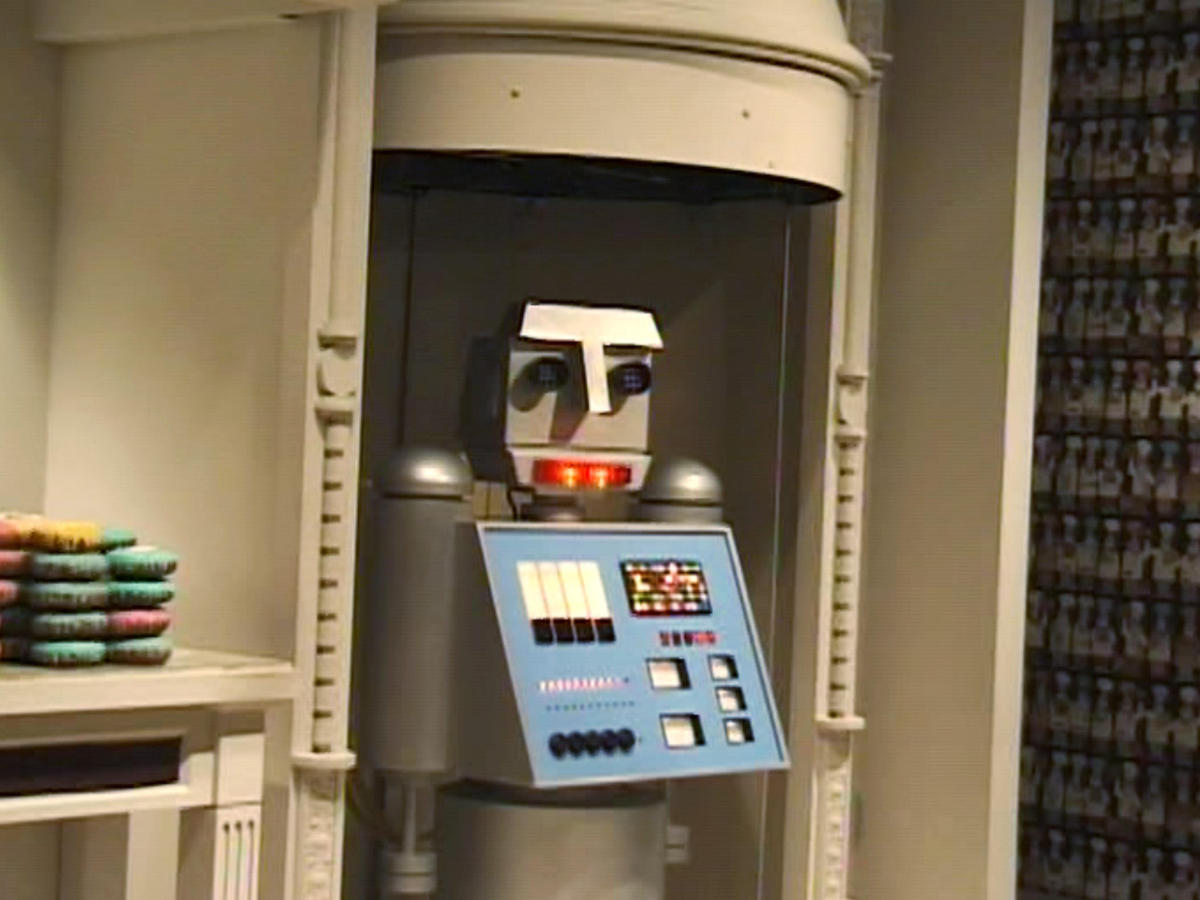
The new Academy will house permanent exhibitions such as the Oklahoma Military Hall of Fame and the America’s Call to Freedom Collection. The latter consists of 214 pieces of art by Sam Ingram, a career naval officer who turned to art in his retirement. His work depicts stories from the Bible, scenes from the American Revolution, and the romance of the American West — in short, the whole reach of human history as envisioned by a Christian capitalist whose world view is consummately middle American. Most of the collection is predictable patriotic figurative painting of an inspirational variety, but occasionally Ingram vents his resentment of America’s cultural elite. There are a few bizarre ventures into Pollock-style abstraction (including one entitled “Mexican Diarrhea”) and a cartoonish fantasy of a hirsute, effeminate Abstract Expressionist painting with his foot. The best of Ingram’s works recall the style of Paul Cadmus’ tempera paintings, though in more garish colors and without the sense of homoerotic frisson. While not as redolent of pathos as the broken-down spectacle of Enterprise Square USA, these monstrously tasteless paintings may eventually attract their own devoted fans.
